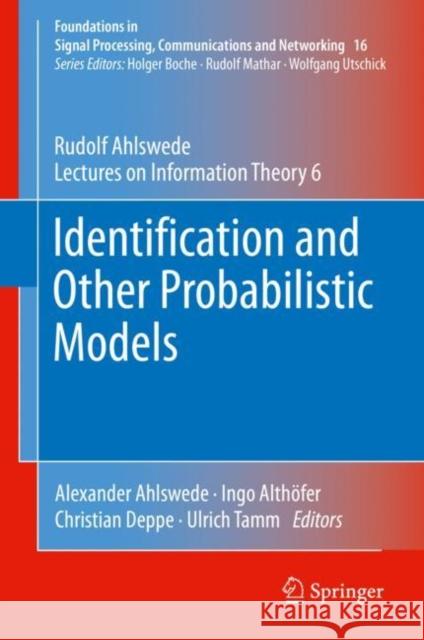Identification and Other Probabilistic Models: Rudolf Ahlswede's Lectures on Information Theory 6 » książka
topmenu
Identification and Other Probabilistic Models: Rudolf Ahlswede's Lectures on Information Theory 6
ISBN-13: 9783030650704 / Angielski / Twarda / 2021 / 724 str.
Identification and Other Probabilistic Models: Rudolf Ahlswede's Lectures on Information Theory 6
ISBN-13: 9783030650704 / Angielski / Twarda / 2021 / 724 str.
cena 644,07
(netto: 613,40 VAT: 5%)
Najniższa cena z 30 dni: 616,85
(netto: 613,40 VAT: 5%)
Najniższa cena z 30 dni: 616,85
Termin realizacji zamówienia:
ok. 22 dni roboczych
Bez gwarancji dostawy przed świętami
ok. 22 dni roboczych
Bez gwarancji dostawy przed świętami
Darmowa dostawa!
Kategorie:
Kategorie BISAC:
Wydawca:
Springer
Seria wydawnicza:
Język:
Angielski
ISBN-13:
9783030650704
Rok wydania:
2021
Wydanie:
2021
Numer serii:
000384996
Ilość stron:
724
Waga:
1.35 kg
Wymiary:
23.88 x 19.56 x 4.06
Oprawa:
Twarda
Wolumenów:
01











